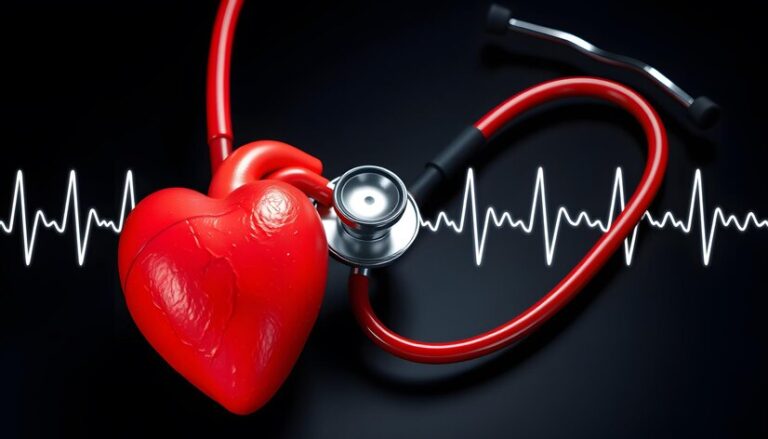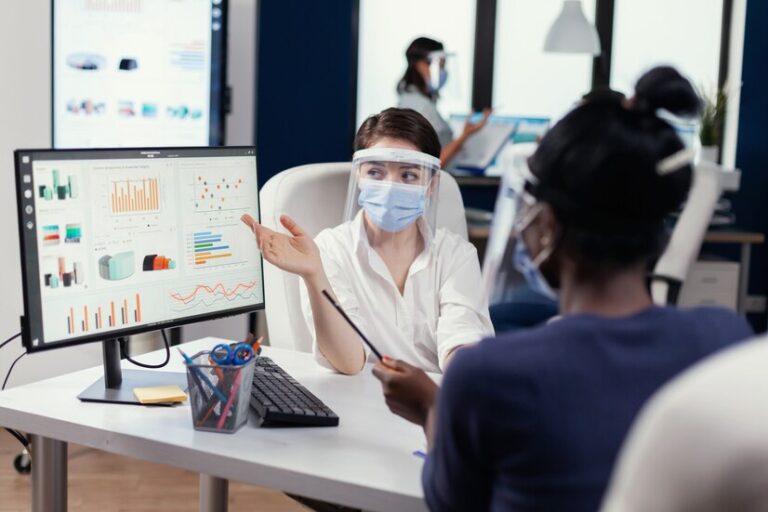How Healthcare Software Transforms Patient Care
Healthcare software improves patient care by streamlining processes, enhancing communication, and providing real-time access to medical records. It allows for more accurate diagnoses, personalized treatment plans, and better coordination among healthcare providers. Additionally, healthcare software increases efficiency in managing appointments, prescriptions, and billing, ultimately improving patient outcomes and a more seamless care experience.
Introduction to Healthcare Software
In today’s rapidly evolving medical landscape, healthcare software solutions have become indispensable for improving patient care. These systems offer a wide range of functionalities and enhance healthcare services’ efficiency, accuracy, and overall quality. By integrating these technologies, healthcare providers can streamline their processes and ensure better patient outcomes. Healthcare software, which includes improved diagnostic tools and electronic health records, is revolutionizing medical practitioners’ jobs.
Healthcare software solutions are designed to address various challenges within the medical field. By automating administrative tasks and enhancing patient engagement, these systems allow healthcare professionals to focus more on providing high-quality patient care, thus transforming the entire healthcare experience. The availability of digital tools also promotes a more connected and informed healthcare system, where data sharing and collaboration become the standard rather than the exception.
Streamlined Administrative Tasks
Healthcare software simplifies administrative functions, reducing healthcare providers’ time spent on paperwork. As a result, they may concentrate more on patient care. Efficient administrative processes also ensure that patient data is organized and easily accessible, improving overall service delivery. For instance, automated billing and appointment scheduling solutions may significantly reduce the administrative staff’s workload and free them to offer direct patient care. Additionally, minimizing clerical errors through automation leads to more accurate patient records and better patient outcomes.
Enhanced Patient Data Management
Electronic Health Records (EHRs) are integrated with healthcare software to guarantee patient data is safely preserved and accessible to authorized people when needed. This leads to better-coordinated care and minimizes the chances of medical errors. Comprehensive EHR systems can also facilitate information sharing among healthcare providers, ensuring patients receive holistic and informed care regardless of where they seek treatment. With all relevant medical history and patient information available in one place, providers can make more informed decisions and create more effective treatment plans.
Improved Diagnostic Accuracy
Advanced algorithms and machine learning integrated into healthcare software can analyze patient data more accurately than traditional methods. With these technologies’ help, physicians can make better judgments that result in precise diagnoses and customized treatment regimens. For example, diagnostic tools that use artificial intelligence can recognize patterns in patient data that may be too subtle for human eyes, ensuring early and accurate detection of diseases. This level of precision not only improves patient outcomes but also reduces the overall costs of healthcare by enabling early intervention and more efficient use of resources.
Better Patient Engagement
Patient portals and mobile health applications allow patients to participate actively in their care. These tools provide easy access to medical records, appointment scheduling, and direct communication with healthcare providers. Increased patient participation results in better patient outcomes. Patients who can quickly access and understand their medical information are more likely to follow treatment programs and make health-related decisions. This active participation supports a proactive approach to health management, encouraging patients to attend regular check-ups, adhere to medication schedules, and adopt healthy lifestyle choices.
Optimized Treatment Plans
Healthcare software can integrate with various medical devices to monitor a patient’s vital signs in real time. This enables healthcare providers to adjust treatment plans promptly. Real-time monitoring is beneficial for the treatment of chronic diseases. For instance, continuous glucose monitors for diabetic patients and wearable heart rate monitors for those with cardiac conditions provide essential data that healthcare providers can use to tailor and optimize treatment plans. This continuous feedback loop allows for adjustments in therapy and medication, making treatment more effective and reducing the risk of complications.
Increased Data Security
Data security is a growing concern in the healthcare sector. Modern healthcare software includes robust security features that protect sensitive patient data from breaches and unauthorized access. Enhanced data security measures ensure patient confidentiality and trust. Utilizing encryption, access controls, and regular security audits, healthcare software ensures that patient information remains secure at all times. By adhering to stringent data protection regulations, healthcare providers can maintain patient trust and avoid legal repercussions associated with data breaches.
Conclusion
In summary, healthcare software plays a vital role in enhancing the quality of patient care. The benefits are multifaceted, from streamlining administrative tasks and improving diagnostic accuracy to boosting patient engagement and ensuring data security. As technology advances, the potential for healthcare software to further revolutionize patient care is immense. The continued innovation in this field promises to bring even more benefits, making healthcare more efficient, accessible, and effective for everyone involved.







